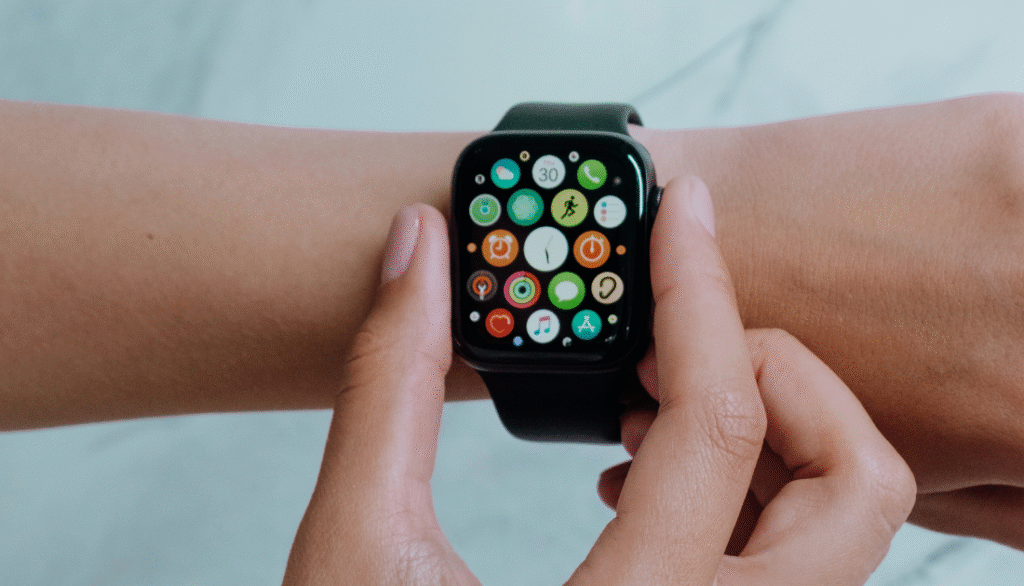Apple is reintroducing blood oxygen monitoring to certain Apple Watch models in the United States, following months of absence due to an International Trade Commission (ITC) import ban.
Highlights
- Feature Returns: Blood oxygen monitoring is back for select Apple Watch Series 9, Series 10, and Ultra 2 models sold in the U.S. after the ITC ban.
- Redesigned Functionality: Measurement processing now happens on the paired iPhone, with results shown in the Health app’s Respiratory section.
- Eligibility: Applies to devices with serial numbers ending in LW/A; older watches and non-U.S. models remain unaffected.
- Software Update Required: Users must install iOS 18.6.1 and watchOS 11.6.1 to enable the feature.
- Legal Dispute: Workaround stems from Apple’s ongoing patent battle with Masimo over pulse oximetry technology.
- Regulatory Approval: U.S. Customs cleared the redesigned version for import in August 2025.
- Broader Impact: This approach could influence future strategies for resolving tech IP disputes in health wearables.
The redesigned feature will be available for some units of the Apple Watch Series 9, Series 10, and Apple Watch Ultra 2, starting Thursday, through a coordinated iPhone and Apple Watch software update.
The update applies only to watches sold after the ITC ban took effect in early 2024—identified by serial numbers ending in LW/A—and will not impact older devices with the original feature or any units sold outside the U.S.
How the Redesign Works
Instead of processing and calculating blood oxygen measurements directly on the watch, the redesigned version shifts the computation to the paired iPhone.
Results will appear in the Health app’s Respiratory section rather than on the watch itself. This approach was made possible by a recent U.S. Customs ruling that permits the import of Apple Watches with this altered functionality.
To enable the feature, users must update to iOS 18.6.1 and watchOS 11.6.1.
Legal Context
Apple’s workaround arrives amid an ongoing legal dispute with medical device company Masimo, which alleges that Apple infringed on its pulse oximetry patents. The ITC’s 2023 ruling in Masimo’s favor led to an import ban on Apple Watches with blood oxygen monitoring.
Apple has appealed the decision in the U.S. Court of Appeals for the Federal Circuit, arguing that the ruling removed a valuable health feature from millions of users and that Masimo’s competing device was not yet commercially available when the complaint was filed.
Masimo’s patents are set to expire in 2028, a timeline that could influence both companies’ legal and product strategies.
Industry analysts note that moving blood oxygen calculations from the watch to the iPhone serves as a regulatory workaround—one that could set a precedent for how technology companies navigate intellectual property disputes in health-related wearables.
Timeline Recap
- 2023: ITC rules in favor of Masimo, blocking U.S. imports of affected Apple Watches.
- Early 2024: Apple disables the blood oxygen feature on new U.S. units to comply with the ban.
- August 2025: U.S. Customs approves import of redesigned watches with off-device processing.
- Now: Feature returns to eligible models via software update, with measurement processing handled on the iPhone.
While the restored feature differs from its original form, it allows Apple to bring back a key health-tracking capability for U.S. customers—without violating the ITC’s restrictions—while its legal challenge continues.


